
Jonas Furrer was a Swiss lawyer and politician who served as member of the Federal Council, from 1848 to 1861, and as the first president of the Swiss Confederation from 1848 to 1849, and again in 1852, 1855 and 1858. He was one of the leading figures in the foundation of Switzerland as a federal state. He was a member of the Radical Party.
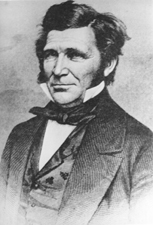
William Crosby Dawson was a lawyer, judge, politician, and soldier from Georgia.

George Washington Peck was a United States representative from the state of Michigan.
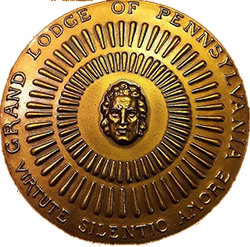
The Grand Lodge of Pennsylvania, officially The Right Worshipful Grand Lodge of the Most Ancient and Honorable Fraternity of Free and Accepted Masons of Pennsylvania and Masonic Jurisdictions Thereunto Belonging, sometimes referred to as Freemasons of Pennsylvania, is the premier masonic organization in the Commonwealth of Pennsylvania. The Grand Lodge claims to be the oldest in the United States, and the third-oldest in the world after England and Ireland, having been originally established as the Provincial Grand Lodge of Pennsylvania in 1731. This claim is disputed by both the Grand Lodge of Massachusetts and the Grand Lodge of Virginia.
Masonic landmarks are a set of principles that many Freemasons claim to be ancient and unchangeable precepts of Masonry. Issues of the "regularity" of a Freemasonic Lodge, Grand Lodge or Grand Orient are judged in the context of the landmarks. Because each Grand Lodge is self-governing, with no single body exercising authority over the whole of Freemasonry, the interpretations of these principles can and do vary, leading to controversies of recognition. Different Masonic jurisdictions have different landmarks.

This is a chronology of the formation of "regular" or "mainstream" Masonic Grand Lodges in North America, descending from the Premier Grand Lodge of England or its rival, the Antient Grand Lodge of England. A Grand Lodge is the governing body that supervises "Craft" Freemasonry in a particular jurisdiction or geographical area.
Robert Macoy was born in Armagh, Ulster County, Ireland. He moved to the United States at the age of 4 months. He was a prominent Freemason, and was instrumental in the founding of the Order of the Eastern Star and the Order of the Amaranth. He also founded what may be the largest Masonic publishing, regalia, and supply house currently active, Macoy Publishing & Masonic Supply Company.

Rob Morris was a prominent American poet and Freemason. He also created the first ritual for what was to become the Order of the Eastern Star.
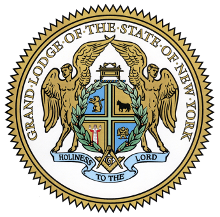
The Grand Lodge of New York is the largest and oldest independent organization of Freemasons in the U.S. state of New York. The headquarters of the Grand Lodge is the Grand Lodge Building located at 23rd Street in Manhattan.
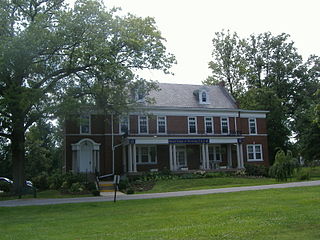
The Grand Lodge of Kentucky is one of two state organizations that supervise Masonic lodges in the state of Kentucky. It was established in 1800.
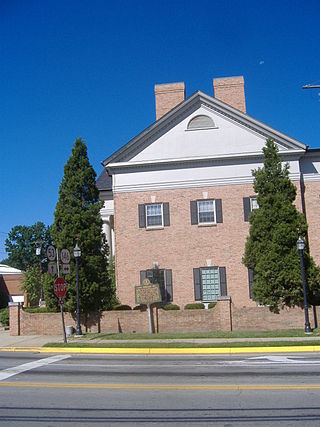
The Masonic University was an educational facility operated by the Grand Lodge of Kentucky in La Grange, Kentucky, located twenty miles northeast of Louisville, in the mid-nineteenth century. Among its faculty was Kentucky Chief Jurist and Confederate spy Thomas Hines, and Robert Morris, the poet laureate of Freemasonry.

Central Female College was a women's college located in Lexington, Missouri. The institution was associated with the Methodist Episcopal Church, South. It operated from 1869 to 1924.

The United Grand Lodge of New South Wales and the Australian Capital Territory is the main governing body of Freemasonry within the Australian state of New South Wales that also wholly encloses the Australian Capital Territory containing the national capital city, Canberra. It originated from the union in 1888 of the earlier 1849 provincial Grand Lodge under the United Grand Lodge of England and other district and provincial Grand Lodges of the Grand Lodge of Ireland and the Grand Lodge of Scotland.

The Iowa Masonic Library and Museum, located in Cedar Rapids, Iowa, United States, is one of the largest Masonic libraries in the world and incorporates at least three museum collections. The library was the first, worldwide, to have its own building, which was constructed in 1884. Its current building, constructed in 1955, also houses the administrative offices for the Grand Lodge of Iowa, one of the governing bodies for Freemasonry in Iowa.

Wilkins F. Tannehill (1787–1858) was an American Whig politician and author. He served as the Mayor of Nashville, Tennessee from 1825 to 1827.

George Oliver, D.D. (1782–1867) was an English cleric, schoolmaster, topographer, and writer on freemasonry.

Charles Anthony (1798–1862) was a legislative leader in the U.S. State of Ohio. He was also a Militia General during the Mexican–American War, a Masonic Grand Master for his state, and a U.S. Attorney.
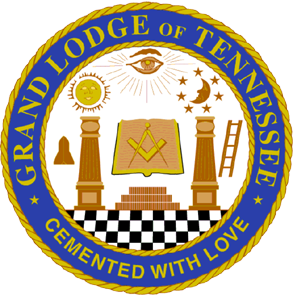
The Grand Lodge of Tennessee, officially the Grand Lodge of the Ancient and Honorable Fraternity of Free and Accepted Masons of the State of Tennessee, is the main governing body of Freemasonry within Tennessee. This Grand Lodge was established in Knoxville, Tennessee, on December 27, 1813, by nine Masonic lodges operating within the state. In 2017, the Grand Lodge of Tennessee had a reported membership of 34,858 Master Masons, and by 2020 the membership had fallen only slightly to 33,200.
Barton C. Pope was an American lawyer and politician from the state of Florida.
















